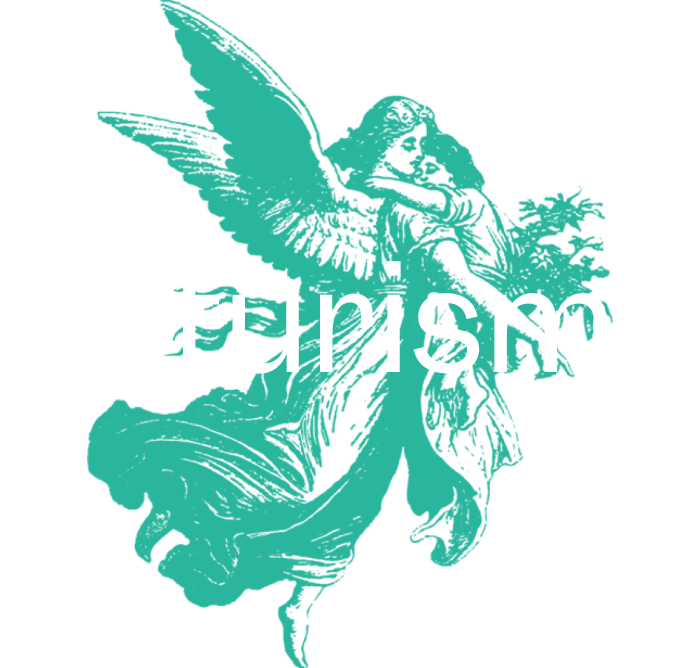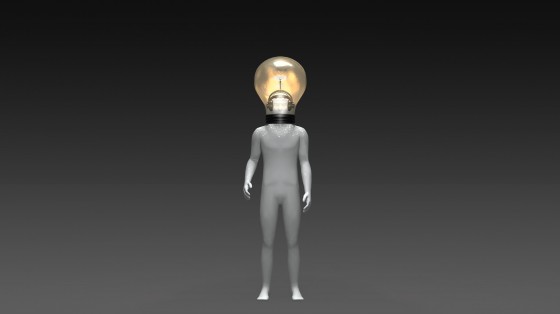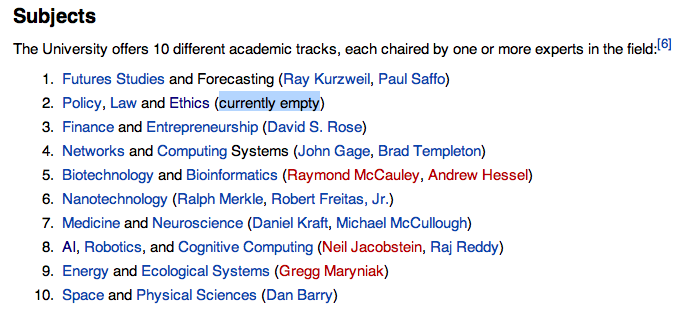January 23, 2012
Irfan Khawaja on Appearance as a Guide to Moral Character
Back in August, I wrote a post entitled “Appearance as a Guide to Moral Character: Does Real Beauty Come from the Inside?,” responding to a talk by Prof. Irfan Khawaja of Felician College. Now Prof. Khawaja has written a thoughtful response to my post, which is available here.I probably won’t have time to response again to Prof....







